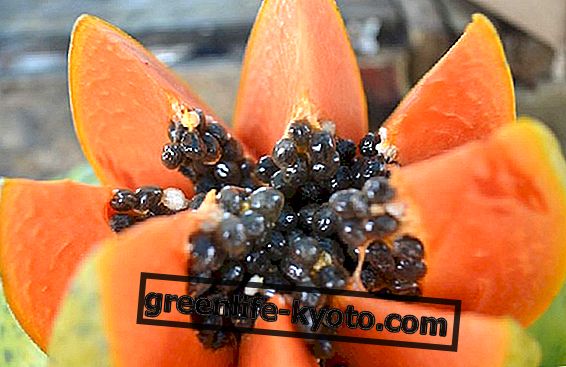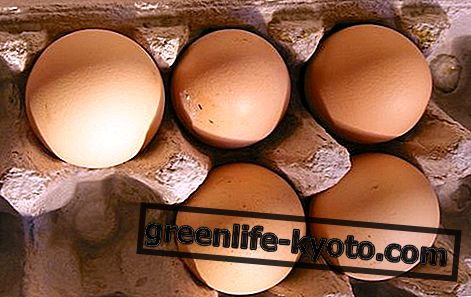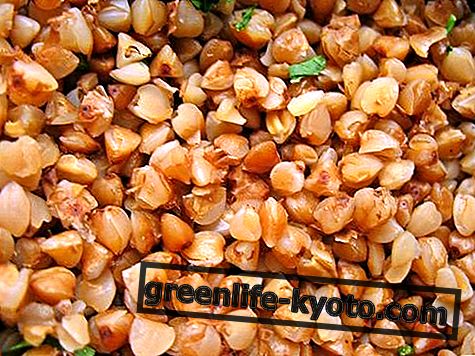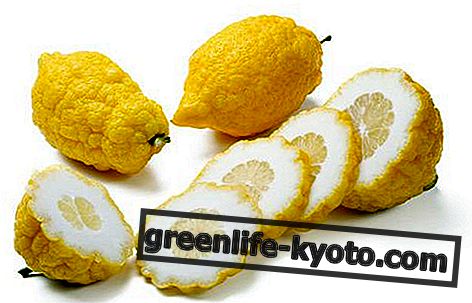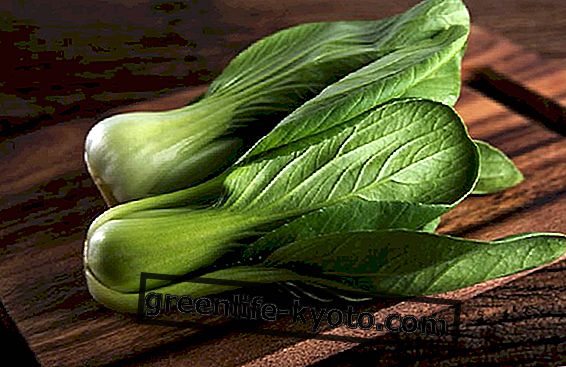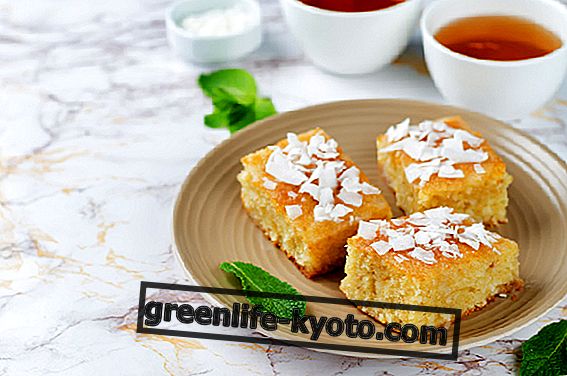
Sage is an aromatic plant of easy cultivation thanks to its rusticity. This plant is very common in Italy so we can find it cultivated throughout the peninsula.
Sage is typical of the Mediterranean climate and in some areas it also grows spontaneously in uncultivated fields. In fact there are many varieties of sage both spontaneous and cultivated.
The use of the plant with its many virtues with its silver leaves and its spikes of colored flowers is very ancient both for flavoring dishes in the kitchen and for its healing properties and finally also for its ornamental beauty which makes the gardens very attractive. 'Italian.
Salvia officinalis
The most common and known sage is the officinal sage that takes this name precisely because it is used in apothecary workshops for the preparation of curative and medicinal products since ancient times.
The area of origin of salvia officinalis is southern Europe where it grows with a bushy habit up to a meter in height; it is a perennial plant that develops oval-shaped leaves every year, a rough consistency, a silvery green color and covered with down.
It flowers in June with tubular spikes ranging from purple to purple depending on the variety. It loves the drained soils and in sunny exposure while it does not like the cold wind and in winter it is advisable to protect the base of the soil with straw.
The use of this officinal sage is very ancient both in the kitchen and in herbal medicine and both aromatic leaves and flowers are used.
The officinal sage infusions are used to regulate the menstrual cycle and attenuate the problems of menopause as well as having an action on the nervous system thanks to its calming and digestive properties .
In kitchens, on the other hand, the leaves are an excellent seasoning spice and even the flowers can be added to salads because they are edible flowers.

Clary sage
The area of origin of the clary sage is between Europe and Asia where it grows rustically in a shrub with a maximum height of one meter; it is a biennial species, so its vegetative life cycle is completed in two years.
Its leaves are oval or heart-shaped, the edge is often toothed and is covered with silvery hair; it flowers in June until the end of summer and its flowers are similar to blue-colored panicles that can tend to white or purple and externally there are bracts of a variable color between pink, lilac and white.
This flowering is very beautiful so that the cultivation of clary sage has more aesthetic and ornamental value than herbal or culinary use.
Both from the leaves and the flowers essential oils used in aromatherapy are extracted to relax and soothe so much that, both in the form of a herbal product and as an essence, it can be used to combat stress, fatigue and restore relaxation even at the level of abdominal tension and digestive problems.
Sage and other plants for the potted vegetable garden

Silver Sage
Sage argentea is a wild variety of sage that grows wild in the lands of the entire Italian peninsula, from Abruzzo to Sicily . As it is understood from the name, it is very appreciated for its silver coloring both of its big leaves of shape between the oval and the triangular one and of the flowers that tend to have corollas of almost white color.
It has a more herbaceous habit than previous shrub species and is usually classified as biennial even if in some conditions it becomes perennial.
Slightly more contained in the growth, it can reach 70 centimeters in height and always blooms from June for the whole summer period.
The use of this sage is not widespread as it is a spontaneous sage that is more appreciated for its beauty than for its beneficial properties.
Surely among the species of sage to be cultivated in one's own garden it is an excellent choice for its rusticity and its exquisite elegance in flowering.

Salvia rutilans
Sage rutilans is native to Mexico and has a shrubby habit that can reach 60 centimeters in height.
The peculiarity of this sage is the coloring that turns to scarlet, both of its branches and flowers, which is why it is an ornamental plant of high visual impact. The inflorescences bloom from June until the end of summer and sometimes when the winter is mild it can also flourish twice, covering the winter branches with scarlet red.
The leaves are oval, with a pointed apex and a light green color, with a consistency that is much less leathery than the other more common sage varieties; they have a very intense aroma that strongly resembles the essence of pineapple, so much so that in nurseries it is sold with the name of " sage pineapple "; they can be used in the kitchen to flavor dishes, just think of creams, ice creams, desserts but also the accompaniment of main courses with a more unusual fragrance and an unexpected touch of exotic.

How to choose sage
These are some of the spontaneous and ornamental sage species that are sold in nurseries and specialized shops, but the list of sage types is much wider and seems to exceed 700 varieties without considering the subtypes that differ for example for shades.
In choosing which sage variety to cultivate, find out in advance through the web and the various texts, or even better ask advice from the sector experts both to identify the best sage for your area and for the use you intend to make of it : food, herbal and ornamental.

